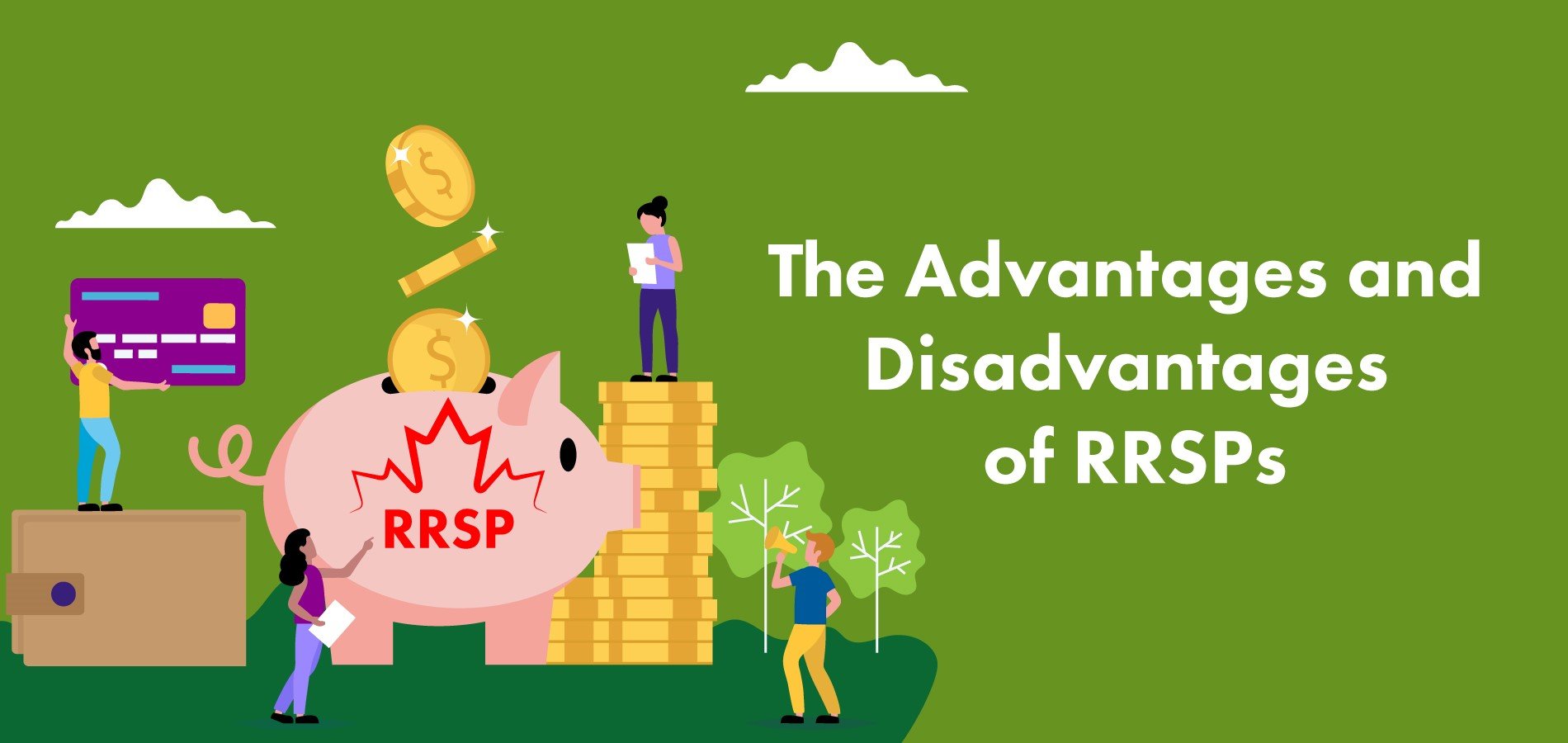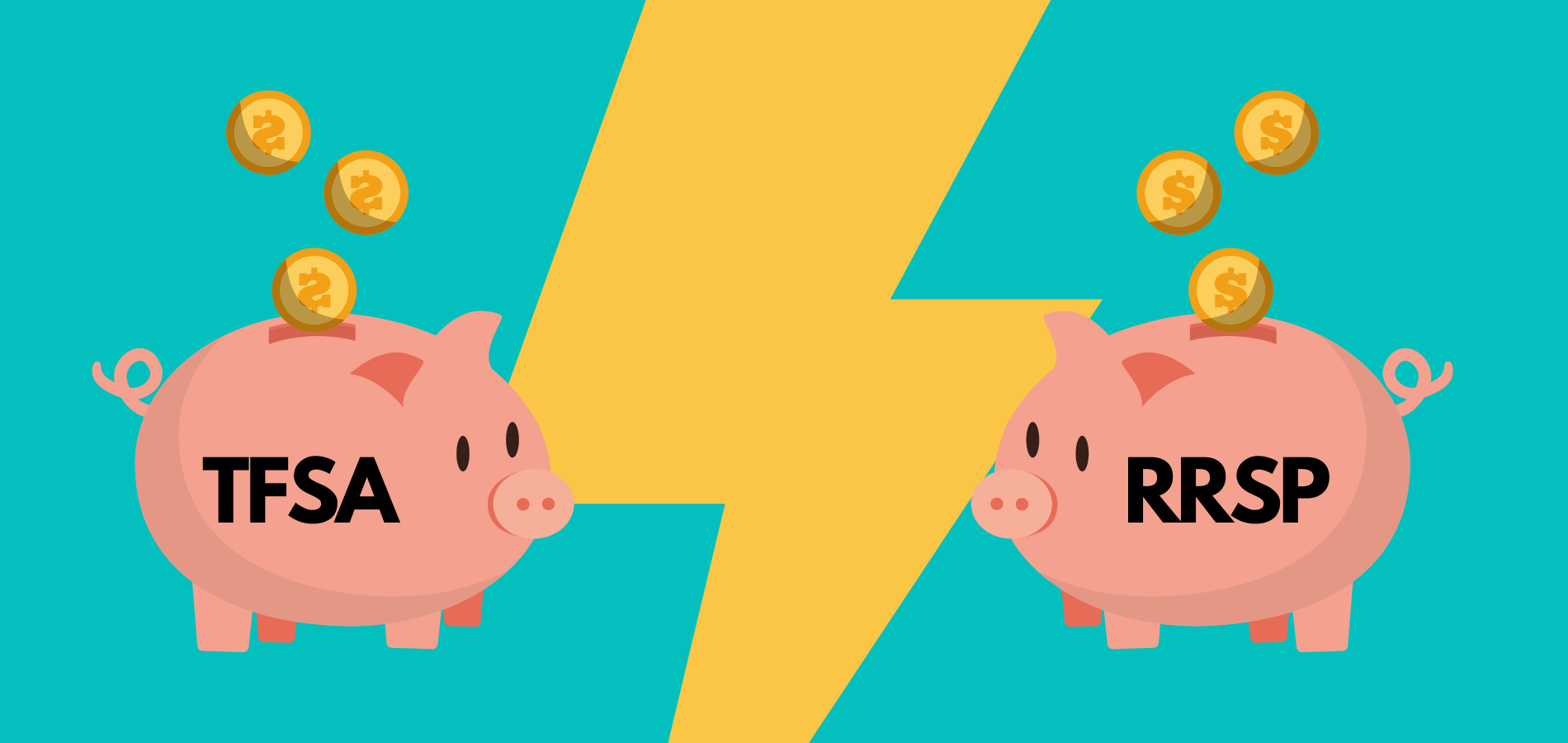Registered Retirement Savings Plan (RRSP)s are a great savings tool because they provide you with a tax deduction to reduce your income tax payable. Like all great things, there are limits to how much you can put into your RRSP. If you make an excess contribution, you may face a tax penalty.
What is a Registered Retirement Savings Plan (RRSP) contribution?
When you put money into your Registered Retirement Savings Plan (RRSP), this is known as an RRSP contribution. Every time you contribute you earn a tax deduction that will reduce your tax payable when you file your tax return.
If you have a group RRSP plan with your employer, any contributions you and your employer make will count against the available contribution room. So be sure to track what your employer is putting into your RRSP. While it’s wonderful to have these “bonus” funds, you don’t want them to push you over the contribution limit.
How is RRSP contribution room calculated?
You can contribute up to 18 percent of your previous year’s income. The RRSP maximum contribution in 2021 is $27,830 – regardless of how high your income is. If you have not contributed the maximum in past years, you will be eligible to carry forward these unused RRSP contributions to the current year. This amount will accumulate and the total is known as “contribution room.”
Your annual Notice of Assessment from the Canada Revenue Agency will detail your contribution room for the following year. If you don’t have a copy of your Notice of Assessment, you can log into your CRA account to view your RRSP contribution limit.
How do I avoid over contributing to my RRSP?
The best strategy is to carefully monitor your contributions. Make regular monthly contributions through your employer or withdrawals from your bank account. At the beginning of the year, meet with your financial advisor to determine how much you can contribute monthly and stay within your contribution limit. Don’t make any excess contributions.
What happens if I over contribute to my RRSP?
Don’t panic! There is a one-time RRSP over contribution allowance of $2,000. In this way, the Canadian government recognizes that sometimes people make mistakes. But you can only use this once in your lifetime.
If you have already taken the over contribution allowance, when you put too much money in your RRSP there is an over contribution penalty of 1 percent per month.
There are several different options if you over contribute and have exceeded the onetime allowance. These are:
- Withdraw the overcontribution: You will face a withholding tax on the withdrawal but you can ask the Canada Revenue Agency to refund the tax penalty.
- Pay the penalty: You can fill out the necessary tax form, T1 OVP, and pay the 1 percent penalty. The sooner the better to avoid more penalties.
- Check your limit: If you can prove to the CRA that you had contribution room, they will waive the penalty.
The CRA will provide a waiver on the tax penalty if two conditions are met. First, it was a “reasonable error.” Second, you are taking steps to eliminate the excess contribution. The key is to contact the CRA and explain in a statement what happened and what you are doing to rectify the situation. Of course, you are more likely to get sympathy if this is the first time you have over contributed. If it happens every year, you may find your appeal falls on deaf ears.
You must file the T1 OVP overpayment tax return within 90 days after the end of the calendar year. Note that this is prior to the usual tax filing deadline of April 30.
Over contribution penalties can add up. There is a penalty of 5 percent of any balance owing. Plus a 1 percent penalty of the balance owing for each month that the tax return is late, to a maximum of 12 months. There are also interest charges on unpaid taxes and penalties.
So, here’s what all that means. Yes, the CRA may give you a break if it’s a reasonable error. However, you must be pro-active and address the over contribution as soon as you realize it happened. If you delay, you will face penalties and interest charges.
Here’s an RRSP over contribution example
Bob has $12,000 in contribution room for this year. His employer has a group RRSP and matches his contributions dollar for dollar. Every month, Bob has $500 deducted from his paycheque and the employer also contributes $500. At the end of the year, the contributions from both Bob and his employer total $12,000, which is exactly his contribution room.
However, his employer has a very profitable year and decides to add a “bonus” $1,000 to each employee’s group RRSP. This puts Bob over the limit.
Bob then has two options:
- He can claim his one-time over contribution of $2,000. The only challenge with this approach is that he will not be able to claim this again.
- He can advise the CRA that he has over contributed, withdraw the funds and ask that the penalties be waived. If he decides on this approach, he should inform the CRA as soon as possible to minimize any penalties and interest.
RRSP over contribution summary
If you go over the RRSP contribution limit, it’s important to take corrective action as quickly as possible. Your financial adviser may be able to guide you in the best course. Contact the Canada Revenue Agency right away in order to avoid penalties and interest charges. As we have stated, the CRA will give you some leeway for a “reasonable error” provided you work to fix it in a timely way.





